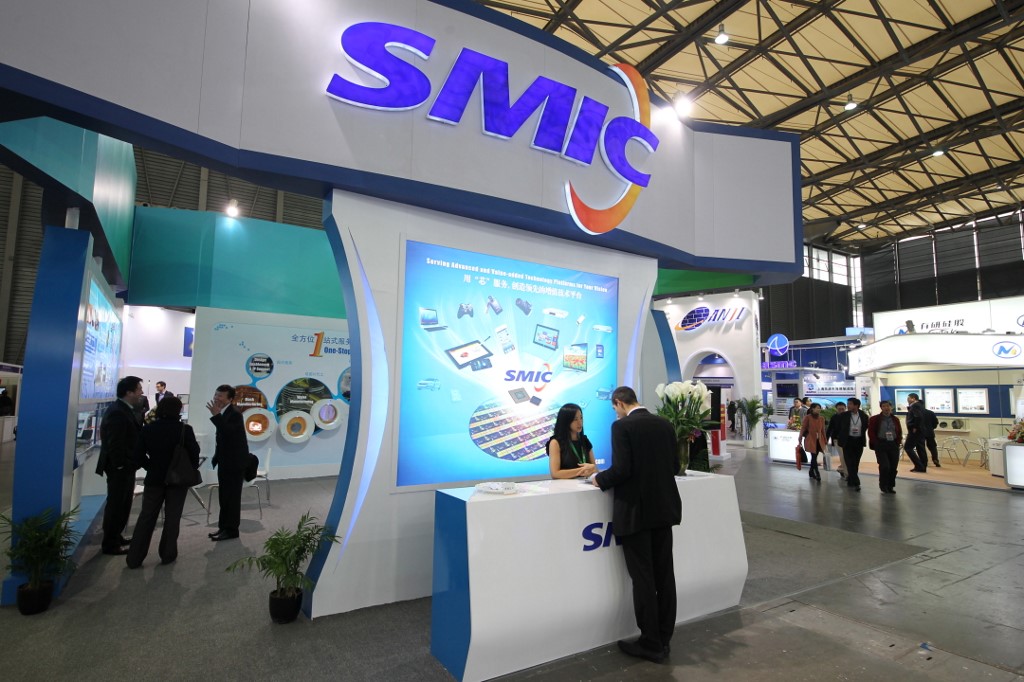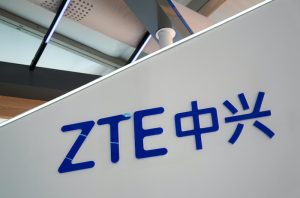US lawmakers are worried China’s under-pressure chip industry could flood the market with older chips in a bid to wipe out its Western competition.
China’s largest chip maker SMIC is ramping up production of a decade-old chip technology, key to many industries’ supply chains, setting off alarm bells in the United States and prompting some lawmakers to try to stop them.
The United States and allied nations could further step up restrictions if China rubber-stamps a trillion yuan ($144 billion) support package for its chip industry, said TechInsights‘ chip economist Dan Hutcheson.
Also on AF: Asian Battery Giants, German Auto Kings the New EV Powers
The United States has been tightening the noose around China’s high-tech ambitions. It cut off the world’s largest telecommunications firm Huawei Technologies from the US market and technologies, as well as cut off air supply to China’s advanced chip making through a series of rules this year.
But China, which in 2020 had 9% of the global chip market, has a track record of dominating key technologies by flooding the market with cheaper products and wiping out global competition, say China watchers.
They did it with solar panels and 5G telecom equipment, and could do it with older technology chips, said Matt Pottinger, former Deputy National Security Advisor of the United States during the Trump administration who has been studying chip policy at the Hoover Institution.
“It would give Beijing coercive leverage over every country and industry – military or civilian – that depend on 28 nanometer chips, and that’s a big, big chunk of the chip universe,” he said.
“28 nanometer” refers to a chip technology commercially used since 2011. It is still widely used in automotive, weapons and the explosive category of internet of things gadgets, said Hutcheson.
US Legislation in Pipeline
Hutcheson, who has been monitoring chip production capacity for four decades, said the concern is that Semiconductor Manufacturing International Corp and other chipmakers in China could use government subsidies to sell chips at a low price. And a possible new round of financial support from Beijing would increase chip production even further.
“The Chinese could just flood the market with these technologies,” he said. “Normal companies can’t compete, because they can’t make money at those levels.”
While the measure is weaker than what was initially proposed, this week US Senators are expected to pass the annual National Defense Authorization Act 2023 that includes a section barring the US government from using chips from SMIC and two other Chinese memory chip makers.
It is not clear what impact the restriction, which kicks in five years after it becomes law, will have on SMIC.
Founded in 2000 with backing from Beijing, SMIC has long struggled to break into the ranks of the world’s leading chip manufacturers.
But it is a giant in older technology, including chips that regulate power flows in electronics. And its revenue was close to $2 billion in the third quarter this year, roughly double the same period last year on the back of the global chip shortage.
With US export controls making it impossible to produce advanced chips, SMIC is doubling down on mature technology chips and has announced four new facilities, or fabs, since 2020.
China Eyes Taiwan Competition
When those come online, it would more than triple the company’s output, estimates Samuel Wang, Gartner chip analyst. He said there is a huge ramp-up in new chip fabs across China.
“All this will start to have an impact from early 2024 and will be full blown by 2027,” said Wang, adding the chip supply increase will put downward pressure on chip prices.
The importance of older chip technology hit the industry in the face in 2021 as a shortage of those chips prevented manufacturing of millions of cars and consumer electronics.
Mark Li, Bernstein Research’s chip analyst in Asia, said the company is becoming a formidable competitor to Taiwan’s UMC Microelectronics Corp and US-headquartered GlobalFoundries Inc.
“SMIC has been much more willing to add capacity than other fabs at the low-end, and especially in this shortage we’ve seen in the past two years,” he says.
“It’s not an issue now…but who knows, maybe in a few years there will be another shortage and capacity will be a big problem.”
- Reuters with additional editing by Sean O’Meara
Read more:
US Chipmakers Selling Advanced Chips to China: ASML Chief
SoftBank’s Arm Cannot Sell Cutting-Edge Chip Designs to China
China Files Complaint Against US Microchip Curbs to WTO
China Seen Planning $143 Billion Push to Boost Local Chipmakers























